Clive Cox, once a conditional jockey in Lambourn, fell at the first fence one year in the Grand National. ‘Mind you,’ he told the owners, ‘we were going well at the time.’ It helps in handling horses to have a sense of humour and there is nothing conditional now about Clive Cox’s presence at the trainers’ top table. Once again a man who struggled to make it pay as a rider is proving that he knows how to bring the best out in horses as a trainer, and it was a significant moment when Cox’s Lethal Force went to Newmarket last weekend and in the hands of Adam Kirby scored a one-and-a-half-length success in the Group One July Cup. On the hottest day of the year the gun-metal grey positively scorched the Newmarket turf, setting a new course record for six furlongs in beating James Fanshawe’s Society Rock, ridden by Kieren Fallon, and Ireland’s Slade Power with horses from South Africa, the US and Australia behind them.
One of the joys of the July course, where they really work to make racegoers welcome, is the easy access to the pre-parade ring where you can watch the handlers putting last-minute touches to their horse’s preparation. There was the trainer’s wife floating the saddlecloth on to Zanetto’s back as gently as a mother soothing a baby. Australia’s hope Shamexpress shed what appeared to be a set of equine galoshes, the bull-like backside of the South African favourite Shea Shea was bursting with muscle and the sun showed up the elegant chequerboard grooming on Hamza’s quarters as his attendant sponged out his mouth. As they filed into the parade ring proper, Aidan O’Brien’s Gale Force Ten led by a ‘lad’ built on a scale that would have qualified him to double as a nightclub bouncer, I noticed that the Bahrain-trained Krypton Factor was sensibly kept longest in the shade beside the roses. Probably an extra treat for him.
Nothing, however, looked as good as Lethal Force and he was equally impressive in the race, setting out in front and defying his top-class rivals to catch him. Although Society Rock kept handier than he had at Ascot in the Diamond Jubilee, the closest he could manage was the one-and-a-half-length margin at the finish. Some experts had suggested that at Ascot Adam Kirby, by seizing an early lead, had caught sleepy rivals unawares and that Lethal Force was flattered by his victory. That was rubbish: you don’t catch rivals like Kieren Fallon, William Buick and Richard Hughes unawares in a Group One race and the follow-up victory at Newmarket in record time was an emphatic demonstration that Clive Cox’s four-year-old is genuinely top class.
As he rode into the winner’s enclosure, Adam Kirby pointed at his mount to emphasise where credit lay. He said afterwards, ‘I didn’t steal it at Ascot. He’s a machine, one hell of a horse. He was even idling in front when I gave him a tap.’ Clive Cox, who dropped Lethal Force back from seven furlongs to sprints when he saw how he was working in the spring, insisted, ‘I don’t know why people said he had won at Ascot because of Adam’s ride — he won by two lengths, and this clearly stamps his superiority.’ It also shows how well Clive trains sprinters. His first Group One came when he won the Prix de l’Abbaye with Gilt Edge Girl in 2010 and he also trains Reckless Abandon, winner of five of his seven races including the Norfolk Stakes and the Group One Prix Morny.
Lethal Force could be headstrong as a youngster and his trainer has done well in maturing him mentally as well as physically. Nor should we underestimate Adam Kirby’s contribution: leading all the way requires spot-on judgment and as Clive Cox said, ‘Adam got his fractions right.’ He said that Lethal Force needs to find his own rhythm, but there is more than one way to ride him, adding ominously, ‘We’re happy for someone to come and lead us if they are brave enough.’
The victories at Ascot this year by Ireland’s Sole Power and Lethal Force have put British and Irish sprinters back on the map. Just as we had that phase when the Australians claimed a stranglehold on the Ashes, experts have been telling us for years that the Southern Hemisphere sprinters would continue beating up our speedsters and that we were simply not in the same league. For three years Black Caviar was the world-champion sprinter, for three years before that it was Hong Kong’s Sacred Kingdom. We have to go back to Oasis Dream in 2003 for a British sprint champion and since Ascot established itself as an international racing venue and boosted races like the King’s Stand Stakes and Golden Jubilee to Group One status with appropriate prize money it has been the likes of Australia’s Choisir and Takeover Target who made the headlines there. Now hopefully we have some sprinters to match their pulling power.
Got something to add? Join the discussion and comment below.
Get 10 issues for just $10
Subscribe to The Spectator Australia today for the next 10 magazine issues, plus full online access, for just $10.
You might disagree with half of it, but you’ll enjoy reading all of it. Try your first month for free, then just $2 a week for the remainder of your first year.

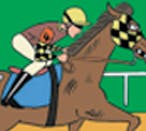
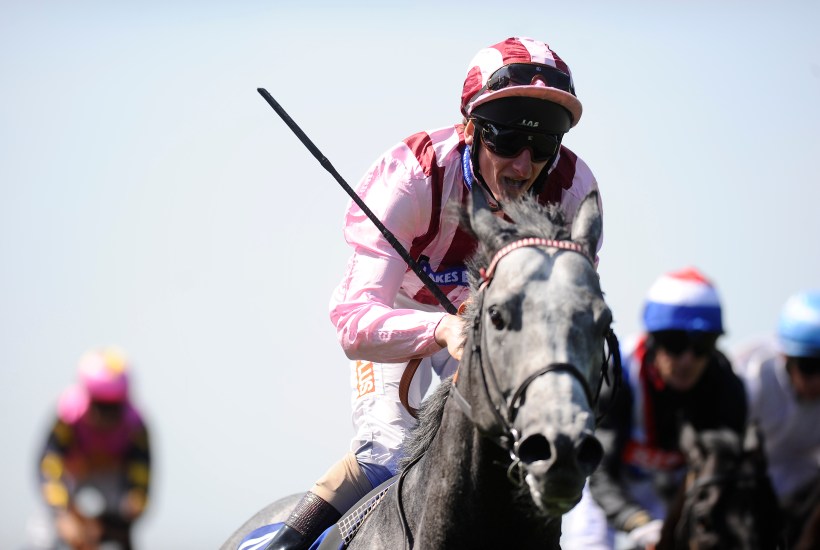
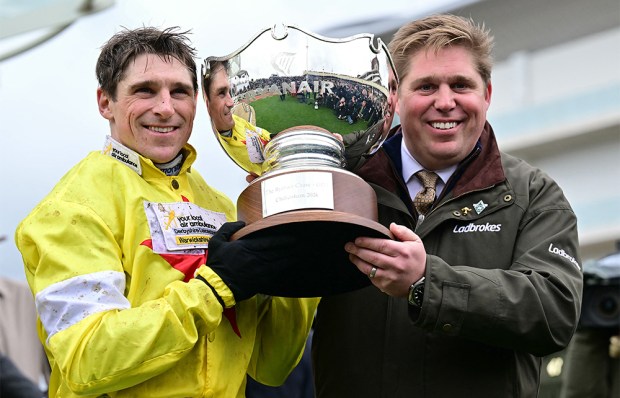
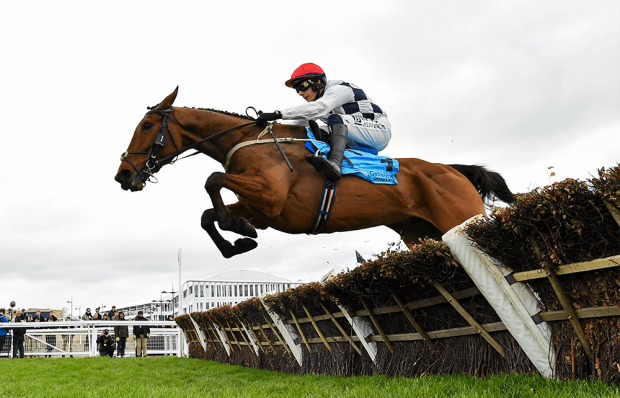
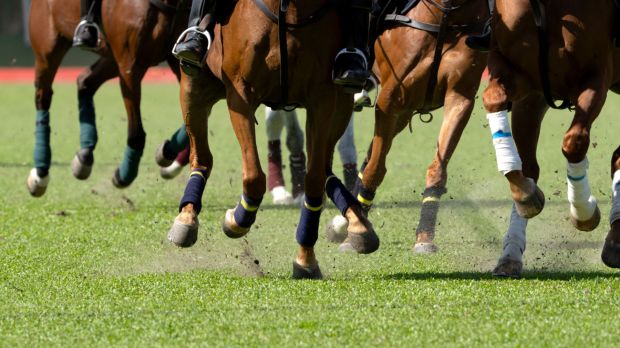
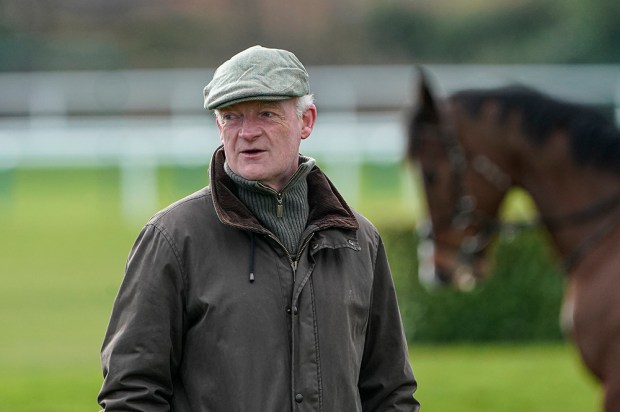
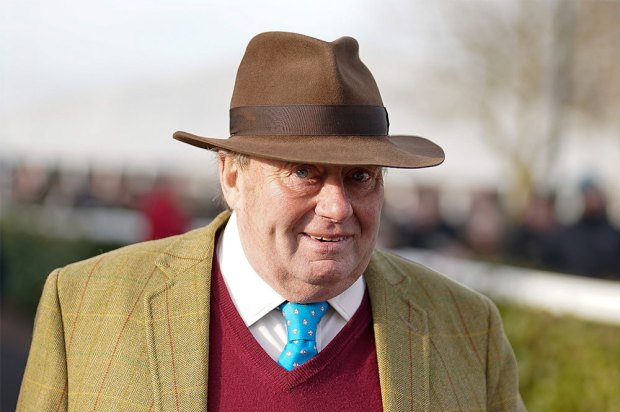







Comments
Don't miss out
Join the conversation with other Spectator Australia readers. Subscribe to leave a comment.
SUBSCRIBEAlready a subscriber? Log in